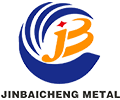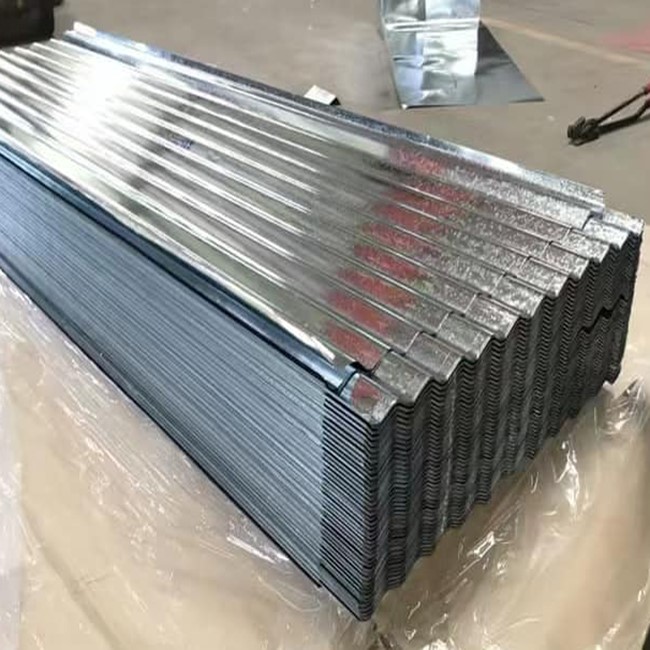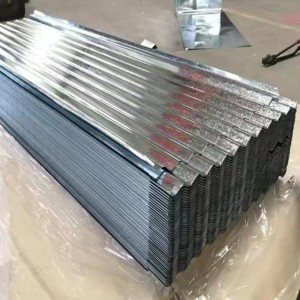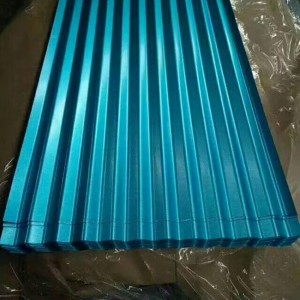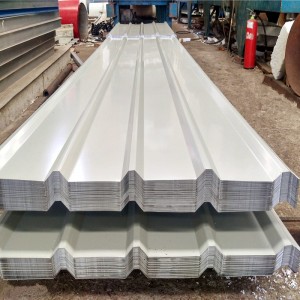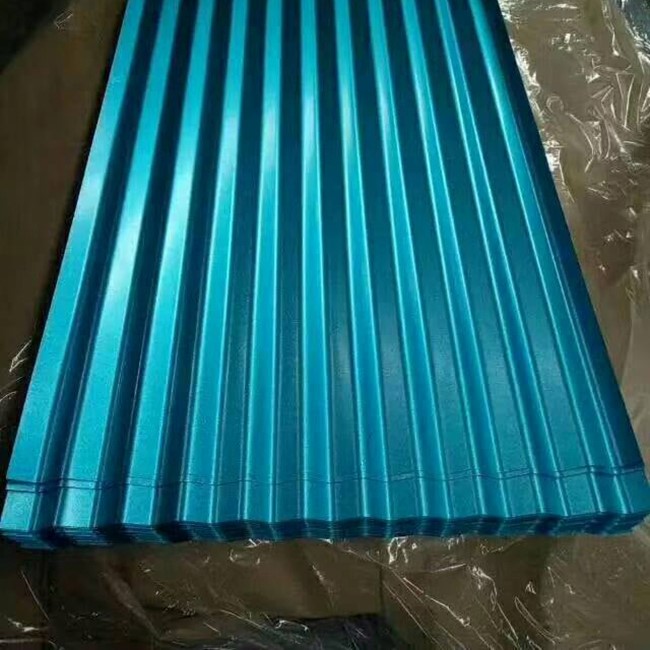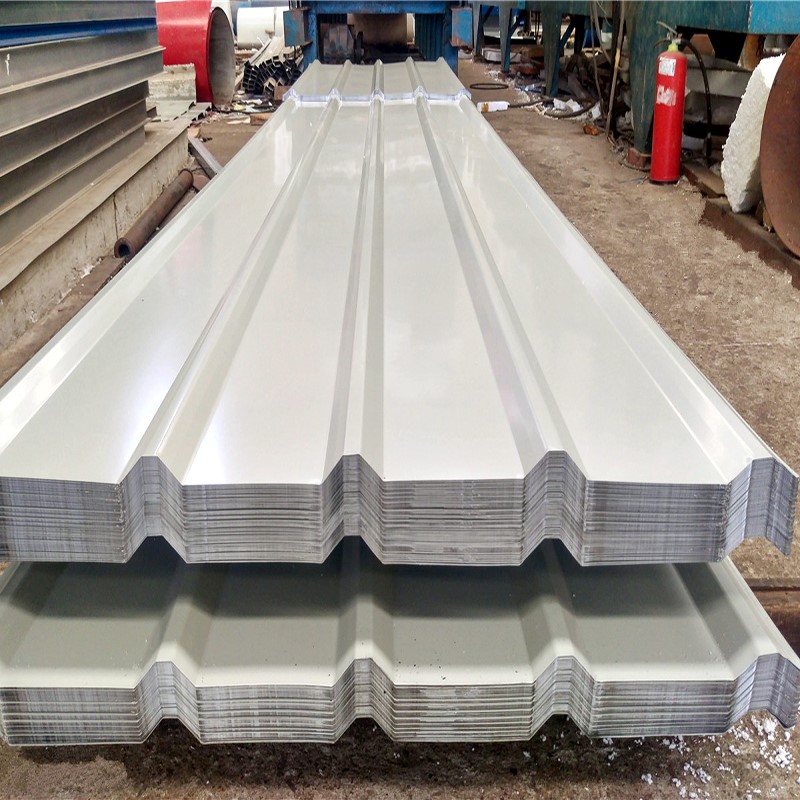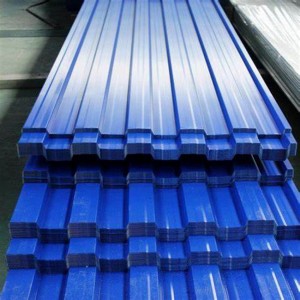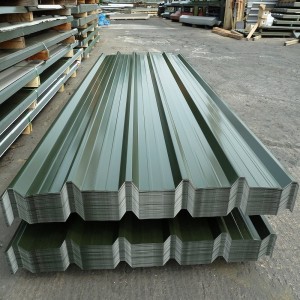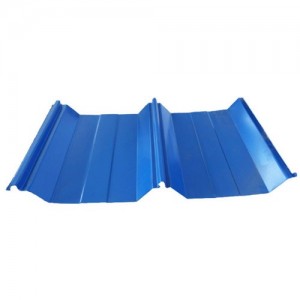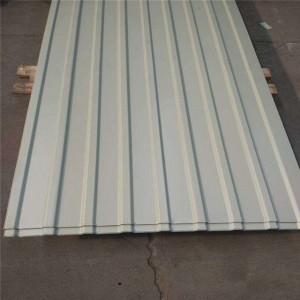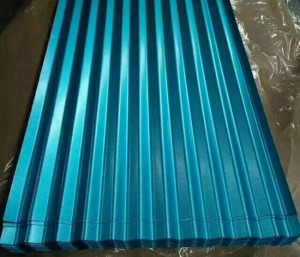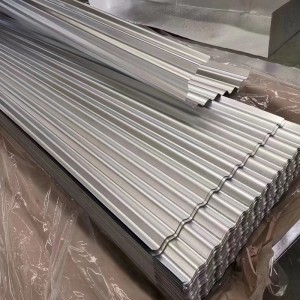Color corrugated steel sheet
Standard: ACE, ASTM, BS, DIN, GB, JIS
Level: level 2
Origin: Shandong, China
Brand name: Jin Baicheng
Model: 0.12-4.0 mm * 600-1250 - mm
Type: steel coil, cold rolled steel plate
Technology: cold rolling
Surface treatment: color pressure tile, is the use of color coated steel plate, roller pressure cold bending into a variety of wave type pressure plate
Application: structure, roofing, building construction
Special use: High strength steel plate
Width: 600-1250 - mm
Length: customer requirements
Tolerance: + / - 5%
Processing services: uncoiling, cutting
G550 Aluzinc Coated AZ 150 GL Aluminized zinc coil
Surface: coated, chromated, oiled, fingerprint-proof
Sequins: small/normal/large
Aluminum zinc coating: 30g-150g/m2
Certificate: ISO 9001
Price terms: FOB CIF CFR
Delivery time: 15 days after payment
Minimum order quantity: 25 tons
Packing: Standard seaworthy packing
Galvanized coil, dipping a sheet of steel into a molten zinc bath so that it adheres to a sheet of zinc on its surface. The main use of continuous galvanizing process production, that is, into a roll of steel plate continuous dip in the melting of zinc plating tank made of galvanized steel plate; Alloyed galvanized steel sheet. This steel plate is also made by hot dip, but immediately after the trough, it is heated to about 500℃, so that it generates an alloy film of zinc and iron. This galvanized coil has good coating adhesion and weldability.
The zinc coating can be passivated to reduce the rust (white rust) in the condition of wet storage and transportation. However, the corrosion resistance of this chemical treatment is limited and, moreover, hinders the adhesion of most coatings. This treatment is generally not in the zinc iron alloy coating, in addition to the finishing surface, as a general, the production plant on other types of galvanized layer are passivation treatment.
Through phosphating treatment, the galvanized steel plate of various coating types can be coated without further treatment in addition to normal cleaning. This treatment can improve the adhesion and corrosion resistance of the coating and reduce the risk of corrosion during storage and transportation. After phosphating, it can be used with suitable lubricant to improve the molding performance.
